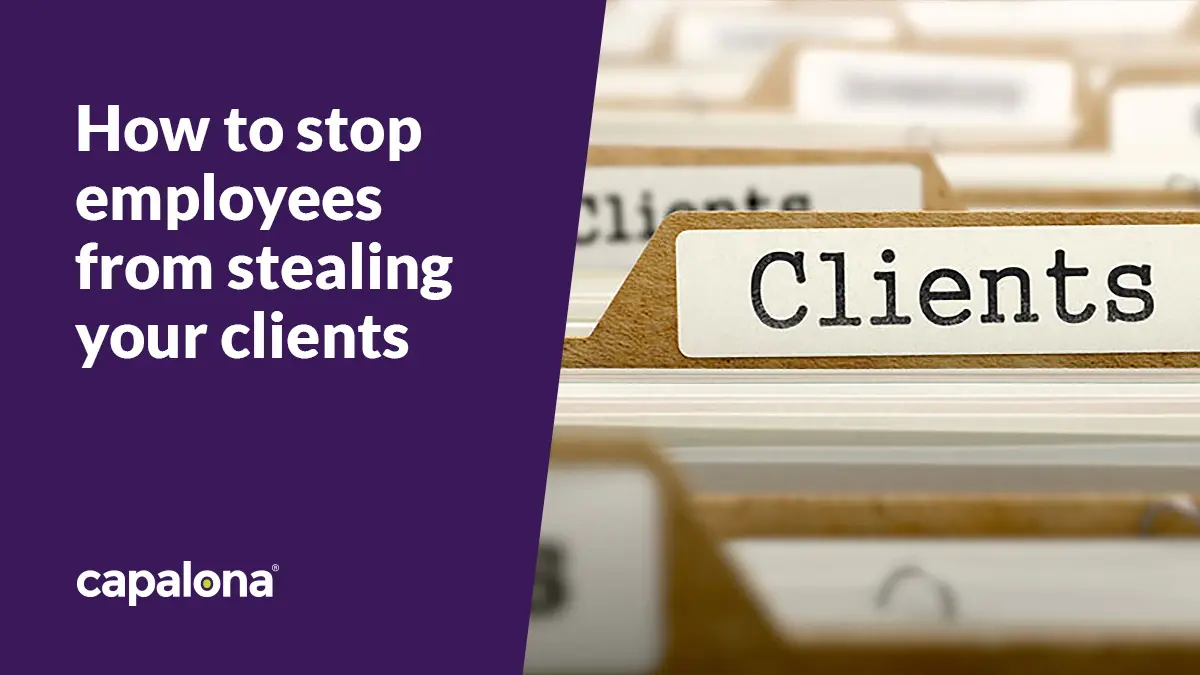With 44% of UK workers now working from home in some capacity, it seems employers are more willing to implement remote or hybrid work policies for employees. With better flexibility, travel cost savings, and a customisable workstation, the benefits can easily outweigh the negatives for many.
So, if you’re a business owner or employee wondering how to establish an effective work-from-home routine, stay tuned.
Should I work from home?
Should you rent an office space or work from home as a business owner? Or, if you’re an employee, should you take advantage of a remote working policy? Whether you should work from home depends on what you do for a living, the remote working policy in place, and whether you think you’d suit the lifestyle change.
Working from home can help you achieve a better work-life balance, but it can also mean you don’t set and stick to working boundaries, i.e. working past standard work hours and answering emails at 10 PM.
You need a lot of self-discipline to work productively from home, but it’s more than doable, and for some, the positives outweigh the negatives.
Five ways to be more productive working from home
If you already work from home or are hoping to transition to remote working, here are some tips to help you maximise your work setup.
1. Try and stick to a work schedule
Rolling out of bed in your pyjamas might not be the most motivating way to start your day. Getting dressed can help you transition into work mode; even though you might not have plans to leave the house, re-framing your mindset can be essential to working from home.
Get dressed and stick to a schedule to make your working day more structured and productive. For example, let’s say you’re going to spend the first part of your day responding to emails from the day before or doing some light admin work. Whatever your schedule, try and stick to it every day.
2. Trial time management techniques
If you realise you’re more productive in the morning, and your type of work allows for this flexibility, e.g., business ownership, consider working only in the mornings and see whether you get through your work quicker. Alternatively, you could check out some well-tested time management techniques, like the Pomodoro Technique.
The Pomodoro Technique involves 25-minute working intervals, broken up by five-minute breaks (enough to grab a coffee or take a walk in your garden). After four 25-minute working stints, you can reward yourself with a longer 15-30-minute break.
This technique helps you divide your work into manageable chunks throughout the day so you don’t become overly consumed by a particular task.

3. Separate business from pleasure
Working every hour of the day is tempting, particularly as a new business owner. You just want to get stuff done. But in doing so, you burn out quickly, you can start to resent your new business, and you lose sight of why you started it in the first place.
Resting is just as important as working. The more well-rested you are, the clearer your thoughts and the more productive you’ll feel—it’s about finding that work-life balance.
- The beauty of self-employment and business ownership is that you’re in charge of your own schedule. Take time out to go for that walk or catch up with friends. Make time for your life as well as your business.
- If you’re an employee, don’t respond to emails after contracted hours, and find somewhere out of sight for your work laptop to live.
4. Stay connected with your team or community
If you’re an employee, don’t underestimate the importance of team communication. A McKinsey report found employees who felt included in detailed workplace communication were nearly five times more likely to feel an increase in productivity.
Working remotely can become lonely, so it’s important to keep in regular contact with other team members via communication tools like Slack, Google Chat, or any collaboration tool your company uses.
If you’re a business owner, you might not have employees to be social with. But, you can reach out to similar groups on Facebook or LinkedIn and build professional and supportive relationships. Sometimes, you just need another perspective on a problem or someone to chat about your weekend. Build these connections as a priority.
5. Set up a dedicated workstation
Working from bed or the sofa sounds comfy, but doing it every day can soon become tiresome (not to mention the backache!). If you don’t have space for a home office but have a dining table or a breakfast bar, make one of these spaces your dedicated home workspace.
Consider investing in the right equipment to provide yourself with an ergonomic place to work. From a laptop stand to an ergonomic mouse, ensure you're comfortable and in the best position possible to complete your work for the day.
As a business owner, you might need to purchase some items to ensure working from home is as productive and efficient as possible. But you need working capital to buy things like equipment, office furniture, and software subscriptions.
That’s where we can help.
Our comparison tool helps UK business owners find and compare eligible business loans in seconds. From working capital loans and cash flow loans to unsecured business loans and invoice finance — check out all our business funding solutions.






